Model man: Thomas Demand on ’Latent Forms’
Over the last few years, the artist Thomas Demand has bounced between Berlin and LA. For the last two years he has also bounced further along to Tokyo to spend time in the offices of the architects Kazuyo Sejima and Ryue Nishizawa, better known as SANAA. Demand watched Sanaa’s studio at work; more specifically, he took pictures of their architectural models, or thought processes, problem solving and utopian urges in paper and cardboard. Demand took pictures close up, creating strange abstracts; fragments of ideas of buildings that might never be. The results are currently on display at Sprüth Magers in London in a show titled 'Latent Forms'.
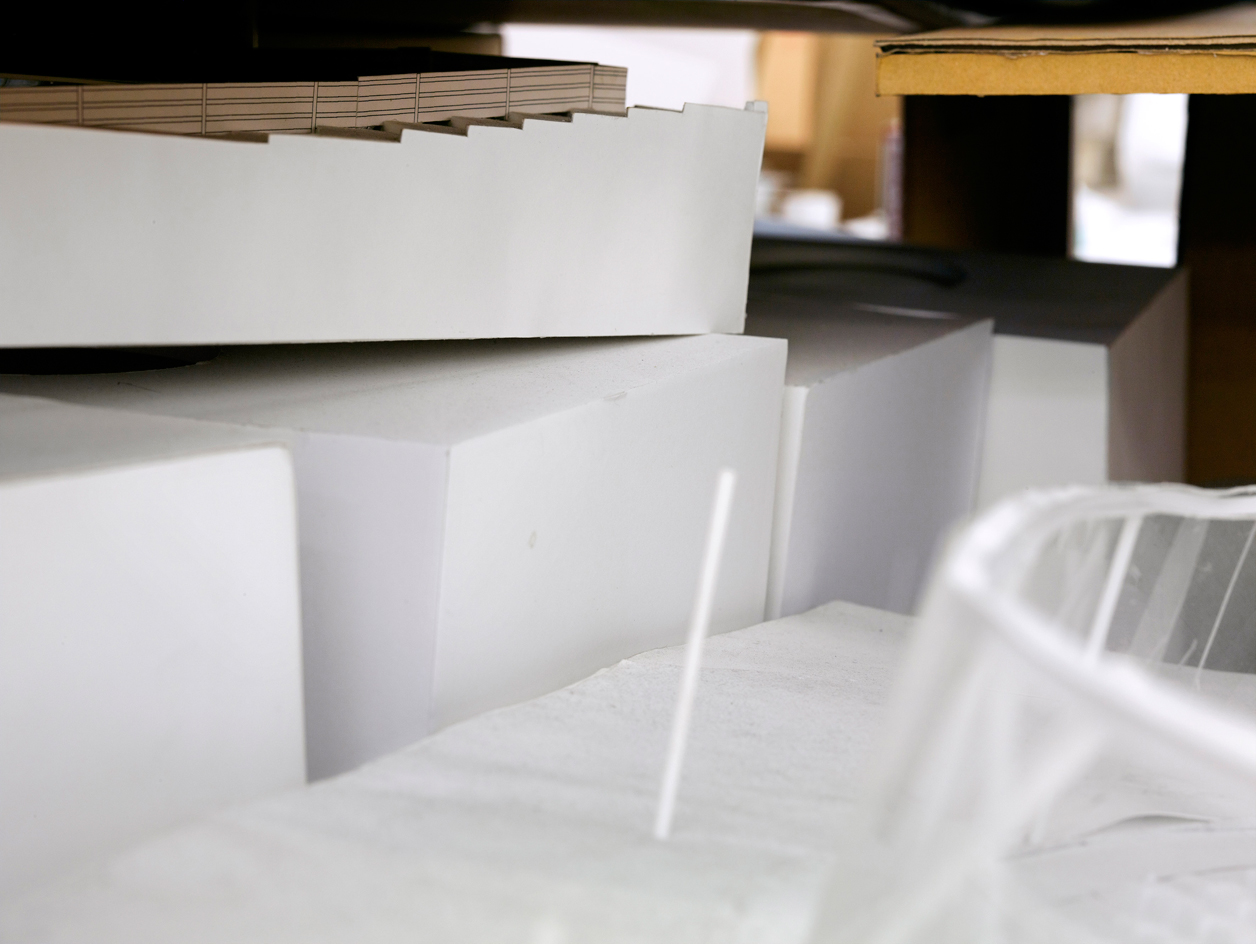
Over the last few years, the artist Thomas Demand has bounced between Berlin and LA. For the last two years he has also bounced further along to Tokyo to spend time in the offices of the architects Kazuyo Sejima and Ryue Nishizawa, better known as SANAA. Demand watched Sanaa’s studio at work; more specifically, he took pictures of their architectural models, or thought processes, problem solving and utopian urges in paper and cardboard. Taking pictures close up, he created strange abstracts; fragments of ideas of buildings that might never be. The results are currently on display at Sprüth Magers in London in a show titled 'Latent Forms'.
Demand, of course, is known for shooting models of exterior and interior spaces. Normally though they are his own meticulous creations. And they have a back story, loaded with a particular history. Here, they are other somebody else’s models; there is no story and might never be one.
The show has its origins in LA and the small collection of architectural models produced by John Lautner’s studio, now kept at the Getty Museum. Aged, yellowed and fragile, these are models of unreleased projects, dream homes that stayed a dream, or the workings out of such. Demand shot them for his show 'Model Studies', the first series of his works not to be based on his own models, before taking things forward. Wallpaper* spoke to him about the project.
Wallpaper*: This project started out when you found the John Lautner models in LA and started shooting them? Is that right?
Thomas Demand: I was invited to come to LA as a research scholar at the Getty and found in their special collections 12 remaining models by John Lautner. They weren’t made for a client but for inner office communication and that status was interesting to me, as its very different from my own. They are rugged and altered, sometimes the building is missing all together. Mostly paper, small, not made to last. Lautner used to throw most stuff out once a project was completed, and its only because these were never realised that they still exist.
And what was the appeal of them as a subject?
They are not made to sell anything; they are just the testimony of a thought process. I also got very close, as my intention wasn’t really to monumentalise Lautner or make an image of a building. The object and its biography was what I was interested in.
Why were you looking at them?
It was meant to be just a small book, then we decided to make it a show in Nottingham and found a title, 'Model Studies'.
Why did you decide to take the project forward and look for architects still working and producing models?
Sanaa’s practice is really taking the model planning to a very different level; the landscape of models, fragments and out-takes the office is drowned by is like an artist’s studio, and reminded me of my own. Except that I wouldn’t want to photograph the corners and all the crap of my own production.
Why Sanaa? Are they a practice whose work you have followed?
Yes. And because of their use of paper, its fragility and lightness.
And these models are still very much in the speculative problem solving stage?
It’s not even that far, it may become something, maybe not. It’s like in a studio – something will make it, but the same sheet of cardboard might land in the bin. Potentiality.
Do you like them in this nascent stage? Is there an interest in the compromises made or the way the utopian urge gets squashed?
It’s that thinking with models which I like to watch. Again, I am getting very close; it’s not about architecture but about material, abstraction and figuration.
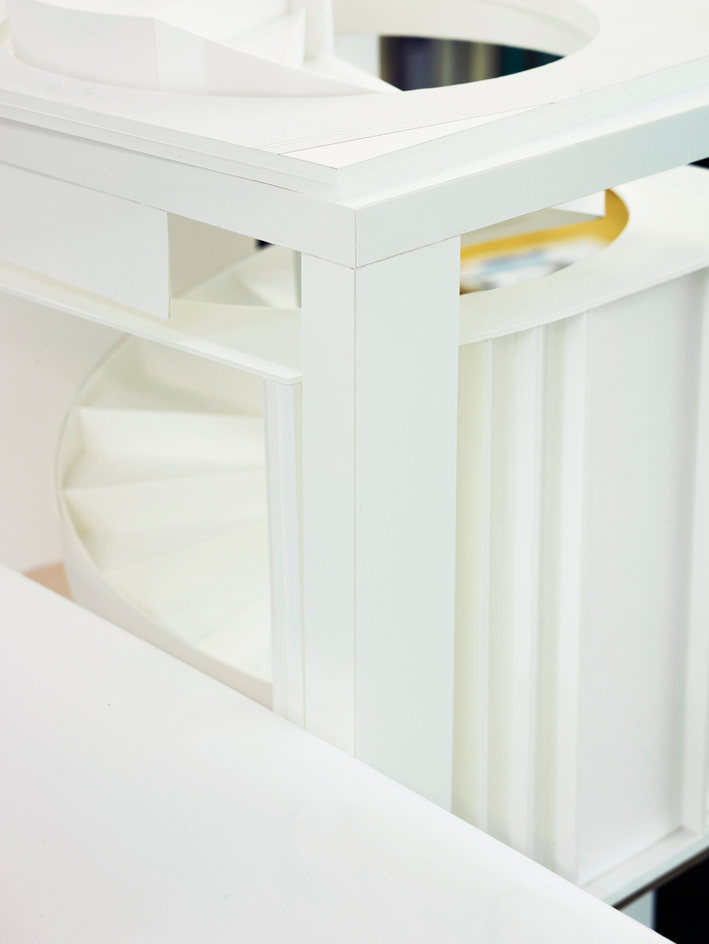
For the last two years, Demand has been spending time in Tokyo, at the offices of the architects Kazuyo Sejima and Ryue Nishizawa, better known as Sanaa. Pictured: Museum H 02, 2015

Demand watched Sanaa’s studio at work; more specifically, he took pictures of their architectural models, or thought processes, problem solving and utopian urges in paper and cardboard. Pictured: Plaza 23, 2015

Taking pictures close up, he created strange abstracts; fragments of ideas of buildings that might never be. Pictured: Printing Factory 49, 2015

Demand, of course, is known for shooting models of exterior and interior spaces – his own meticulous creations, loaded with a particular history. Pictured: Kindergarten 22, 2015

Here, they are other somebody else’s models; there is no story and might never be one. Pictured: Publishing House 64, 2015
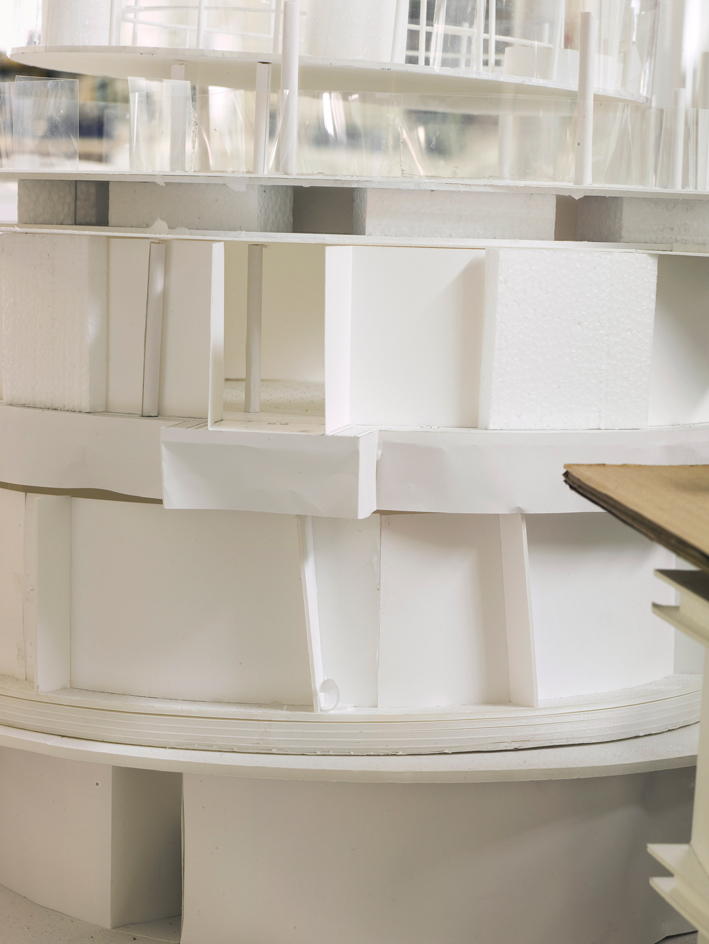
’It’s that thinking with models which I like to watch. Again, I am getting very close; it’s not about architecture but about material, abstraction and figuration,’ Demand says. Pictured: University 66, 2015

Sanaa is a practice Demand has followed, he explains, ’because of their use of paper, its fragility and lightness’.
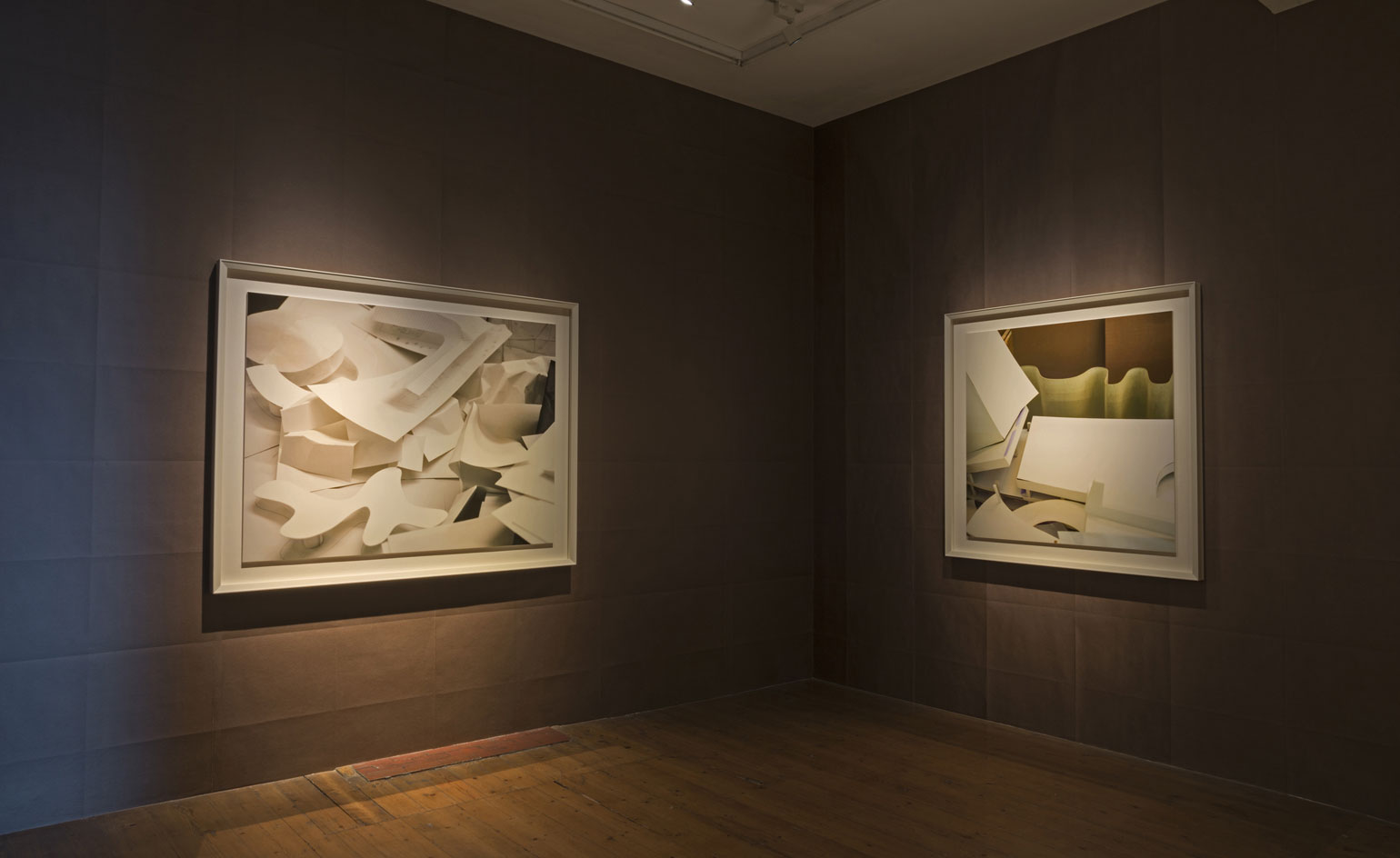
’Thomas Demand: Latent Forms’ is on view until 19 December.
INFORMATION
’Thomas Demand: Latent Forms’ is on view until 19 December
Photography copyright the artist, VG Bild-Kunst, Bonn / DACS, London. Courtesy Sprüth Magers
ADDRESS
Sprüth Magers
7A Grafton Street
London, W1S 4EJ
Receive our daily digest of inspiration, escapism and design stories from around the world direct to your inbox.
-
 A tale of two Audis: the A5 saloon goes up against the A6 Avant e-tron
A tale of two Audis: the A5 saloon goes up against the A6 Avant e-tronIs the sun setting on Audi’s ICE era, or does the company’s e-tron technology still need to improve?
-
 Inside Christian de Portzamparc’s showstopping House of Dior Beijing: ‘sculptural, structural, alive’
Inside Christian de Portzamparc’s showstopping House of Dior Beijing: ‘sculptural, structural, alive’Daven Wu travels to Beijing to discover Dior’s dramatic new store, a vast temple to fashion that translates haute couture into architectural form
-
 A music player for the mindful, Sleevenote shuns streaming in favour of focused listening
A music player for the mindful, Sleevenote shuns streaming in favour of focused listeningDevised by musician Tom Vek, Sleevenote is a new music player that places artist intent and the lost art of record collecting at the forefront of the experience
-
 What's the story with Henni Alftan’s enigmatic, mysterious paintings? The artist isn’t saying
What's the story with Henni Alftan’s enigmatic, mysterious paintings? The artist isn’t sayingParis-based artist Henni Alftan's familiar yet uncanny works are gloriously restrained. On the eve of a Sprüth Magers exhibition in Berlin, she tells us why
-
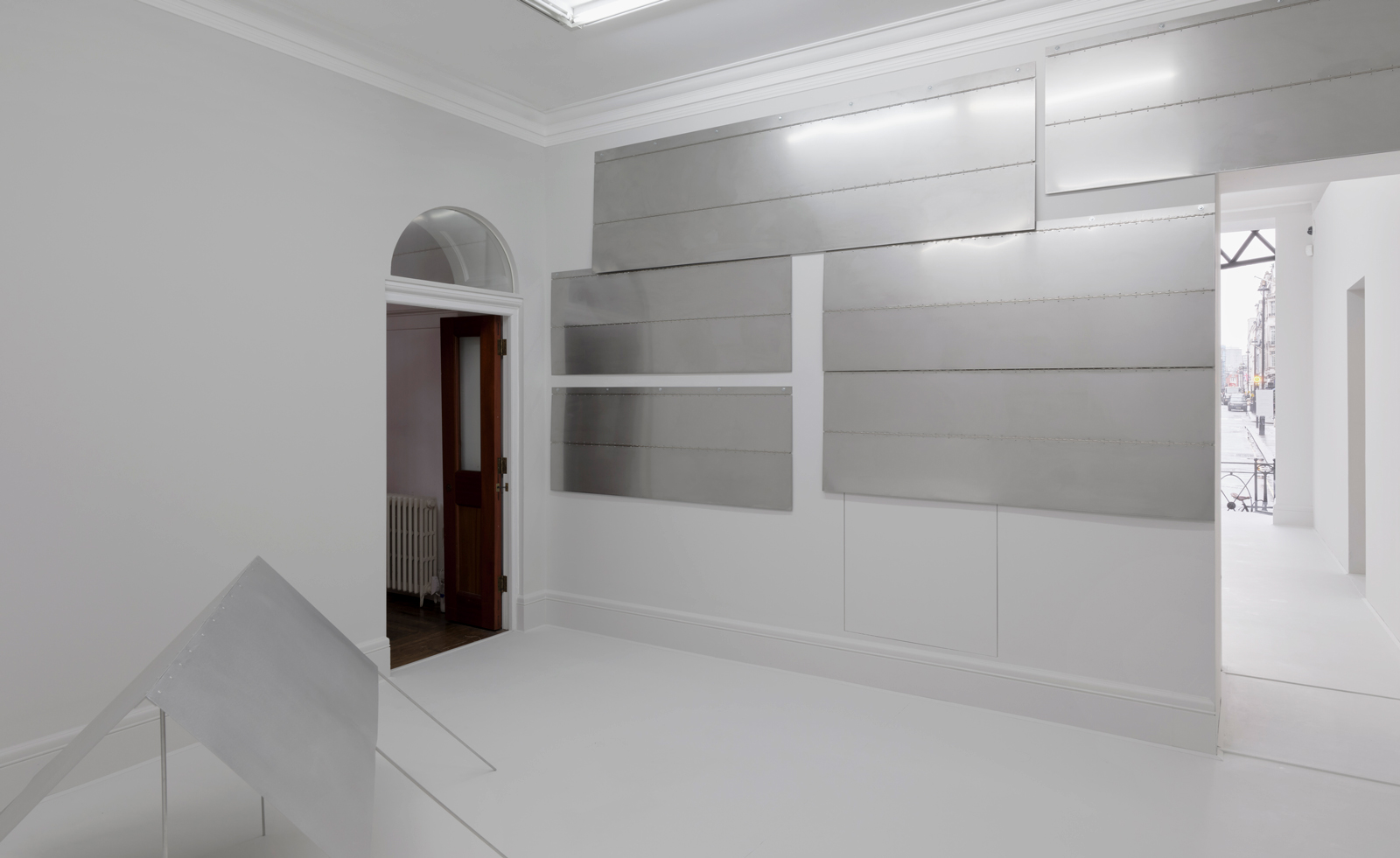 Don’t miss: Thea Djordjadze’s site-specific sculptures in London
Don’t miss: Thea Djordjadze’s site-specific sculptures in LondonThea Djordjadze’s ‘framing yours making mine’ at Sprüth Magers, London, is an exercise in restraint
-
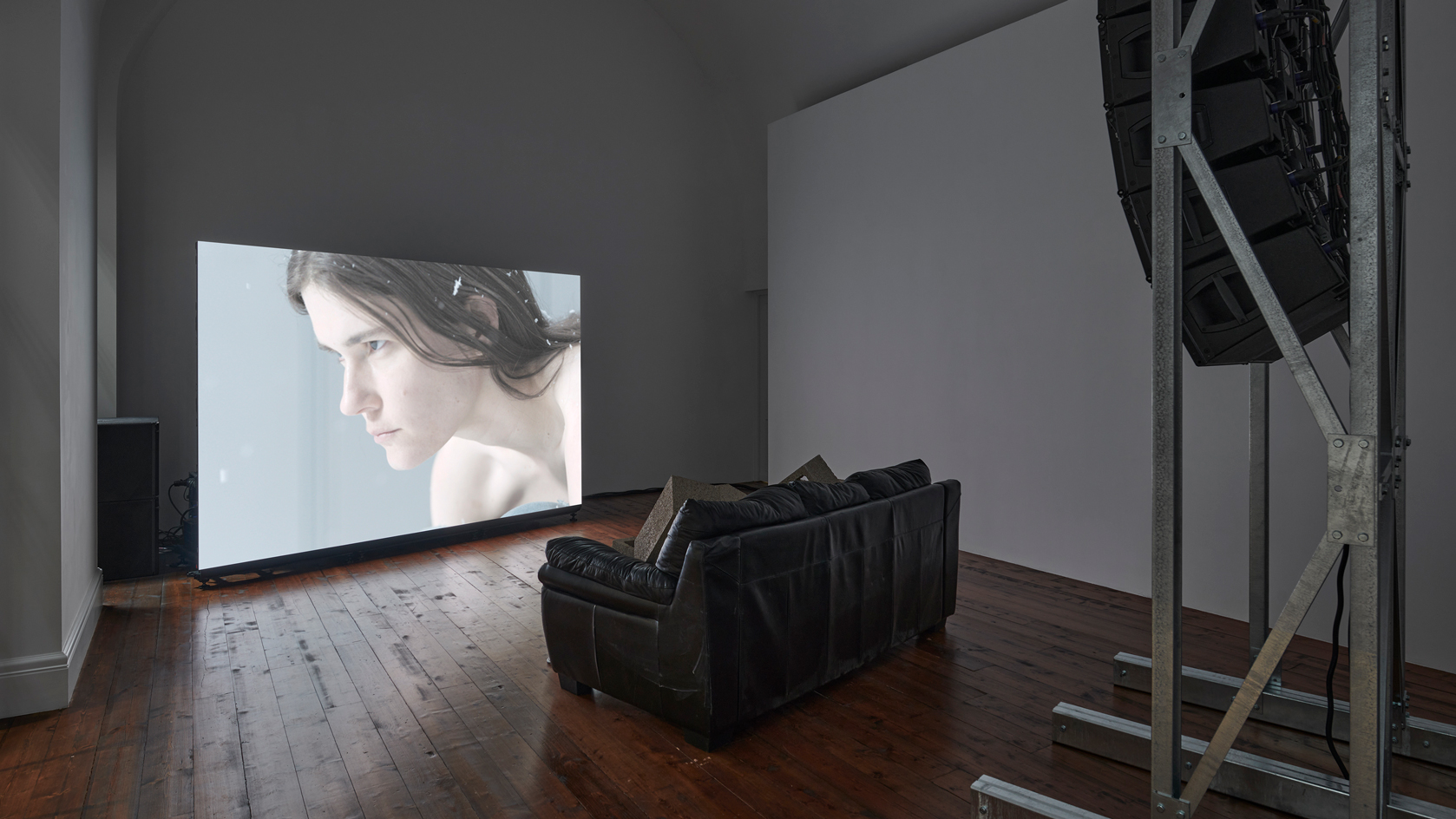 Anne Imhof ‘Avatar II’ review: a psychological thriller to make you wince and wonder
Anne Imhof ‘Avatar II’ review: a psychological thriller to make you wince and wonderGerman artist Anne Imhof’s ‘Avatar II’ exhibition at London’s Sprüth Magers is a compelling, uncanny probing of contemporary culture, reality and artifice
-
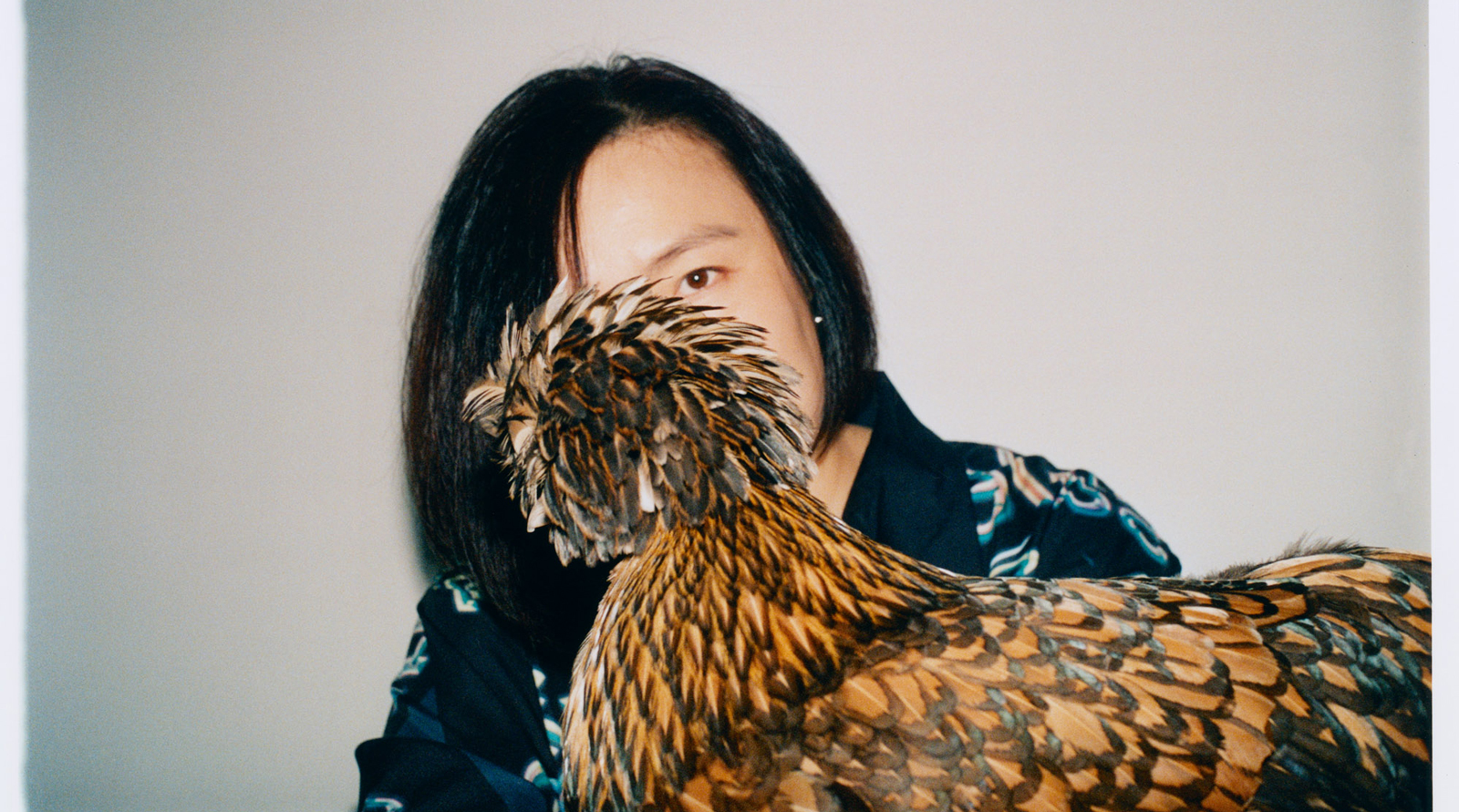 Cao Fei’s dystopian fantasies fuse art and technology
Cao Fei’s dystopian fantasies fuse art and technologyChinese artist Cao Fei’s dystopian art tackles themes such as the automation of labour, hyper-capitalism and the effect of a global pandemic. Having just completed her first major solo show in Beijing, the prolific winner of the 2021 Deutsche Börse Photography Foundation Prize is going global, with her retro-futuristic take on contemporary life now the subject of exhibitions from Los Angeles to Rome, and a 20-page portfolio for Wallpaper*
-
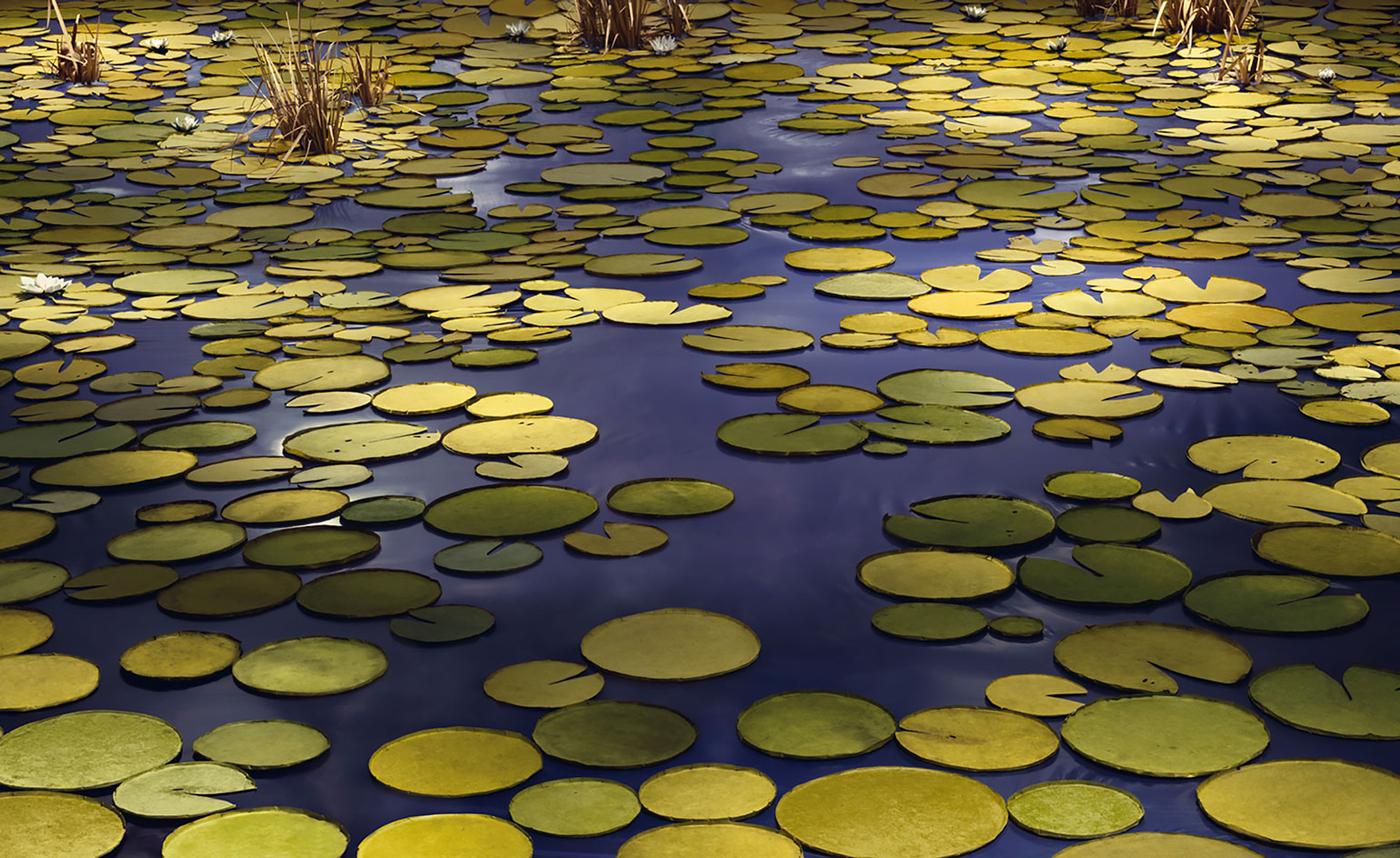 Thomas Demand: artificiality, nature and Azzedine Alaïa
Thomas Demand: artificiality, nature and Azzedine AlaïaAt Sprüth Magers London, German sculptor and photographer Thomas Demand explores the tensions between artificiality and nature, and steps inside the atelier of legendary Tunisian couturier Azzedine Alaïa
-
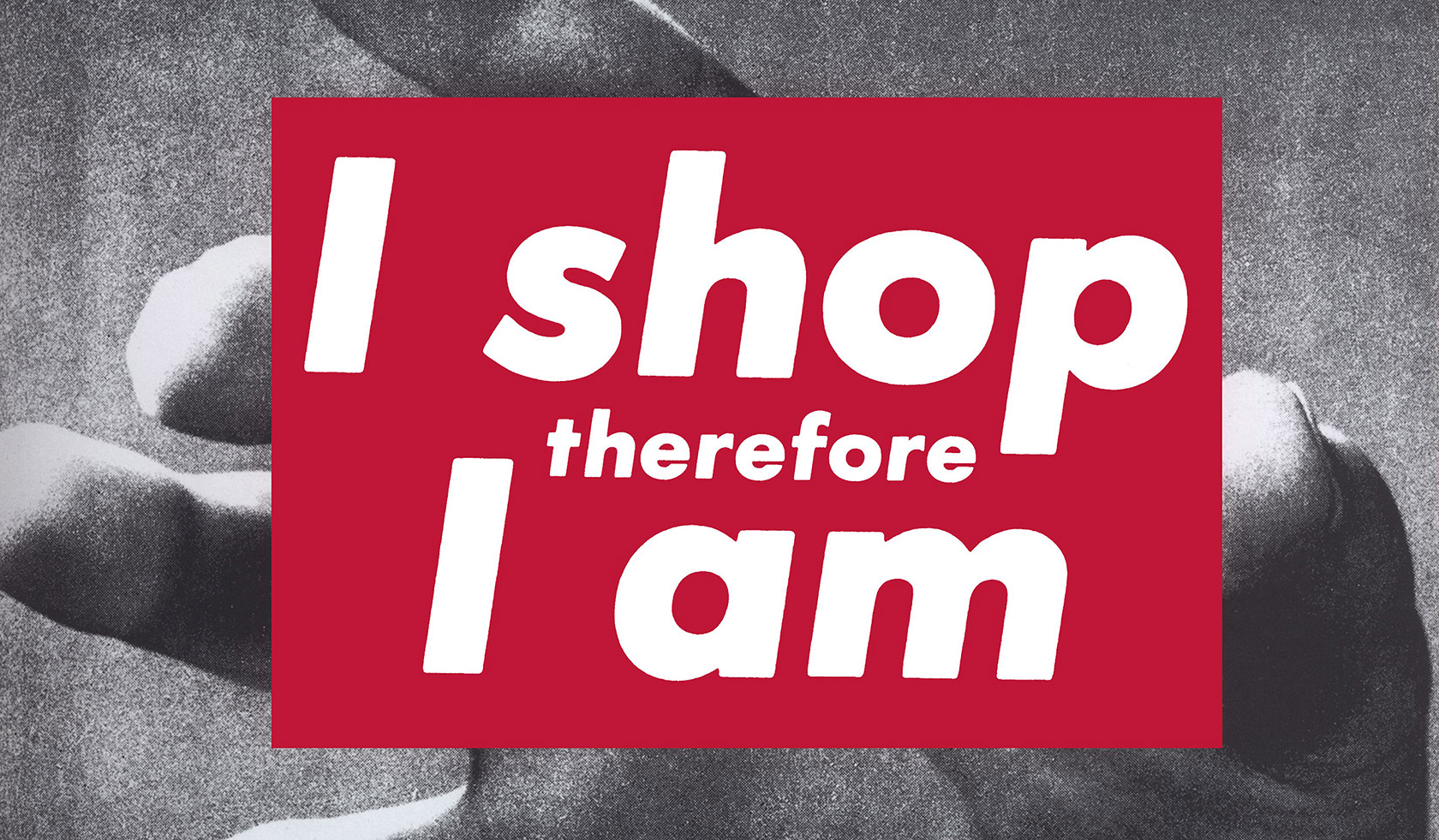 A bold social commentary since the 1970s, Barbara Kruger’s art is as incisive as ever
A bold social commentary since the 1970s, Barbara Kruger’s art is as incisive as everFor our December 2010 Entertaining Issue (W*141), we sat down with American conceptual artist Barbara Kruger to discuss message-making, the art market, and her agitprop commentaries on gender, race, consumerism, identity and more
-
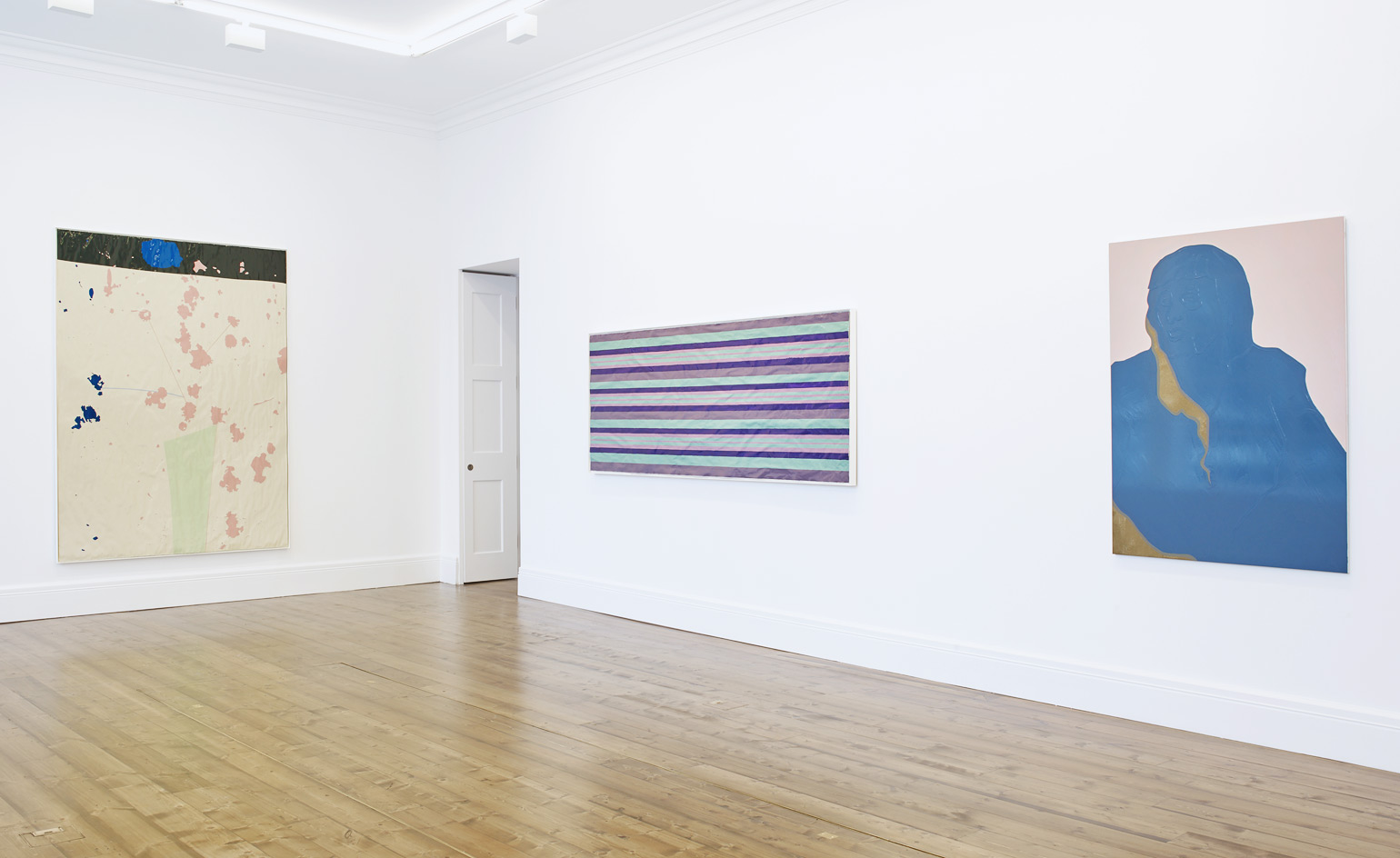 Gary Hume keeps it in the family at Sprüth Magers’ newly revamped London gallery
Gary Hume keeps it in the family at Sprüth Magers’ newly revamped London gallery -
 Common scents: Pamela Rosenkranz’s latest exhibition is right on the nose
Common scents: Pamela Rosenkranz’s latest exhibition is right on the nose